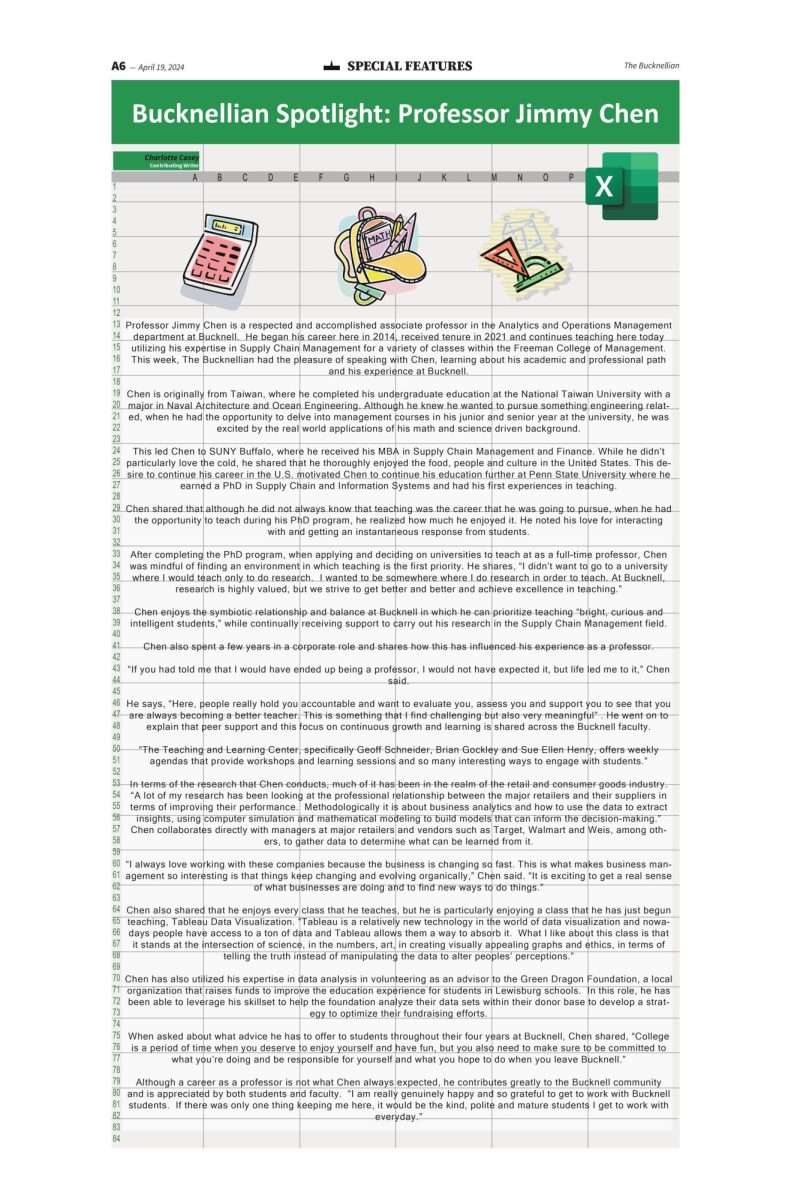America’s looming water crisis
March 26, 2015
Last week, NASA scientist Jay Famiglietti wrote an op-ed to the Los Angeles Times with the alarming prediction that, given current usage rates, California has a little over a year’s worth of fresh water left.
For people living in the east, it’s hard to imagine the climate and temperament of the west. Even to those that call cities like Phoenix, Los Angeles, and Denver home—myself included—it is incredibly easy to forget that this area comprises one of the largest deserts in the world. The more than 30 million people that rely on the Colorado river, in both the upper and lower basin states, are the inhabitants of the most prolific desert civilization the world has ever seen.
With very little snowpack in the Sierra Nevadas, California has entered into its fourth year in a very severe drought. This comes on top of roughly 20 years of below-average water yields and precipitation. Essentially, as water becomes more scarce, the only options will either bring more of it in (which would be unbearably expensive to consumers) or to ration whatever is left (which should have begun years ago).
Most of these areas see fewer than 15 inches of rain a year, which many places on the East Coast can see in a week or less during the spring. In order to make these places habitable, water has been diverted—often from hundreds of miles away—using an intricate series of reservoirs, aqueducts, and pumps to move water to a location it was never meant to be. Roughly 80 percent of this water is used for agricultural irrigation and the rest is sent off for personal consumption.
The largest concern comes from the state’s agricultural sector. California exported $21 billion worth of agricultural products last year and accounts for half of all nuts and produce grown in the country. In 2013, lack of access to water caused farmers to abandon 400,000 acres of land, a figure that is sure to grow higher as water becomes more expensive. When it really is time to cut back on usage, the state will be forced to take on the burden of further subsidizing water or jeopardize a lucrative and culturally significant economic sector.
We are entering an unprecedented age where we have a seemingly godlike control over the environment, yet are powerless to provide even the basic necessities of modern life. As the effects of climate change, growing population, and increasingly scarce resources begin to take place, the time to begin acting is now.
We are no longer in an age where we can play things by ear and develop the world as we go along. The greatest challenge facing this country—as well as other nations across the globe—will be learning how to cope with a world that is radically different from the one we have become comfortable with in the 20th century. We have created a world that we wish existed but now must cope with a world that is settling into a new equilibrium.



























Tracy Brennan • Mar 27, 2015 at 11:46 am
Great article, Tom! My sister lives in California, and she said they drove up through the middle of the state and it was black from lack of water and abandoned crops.